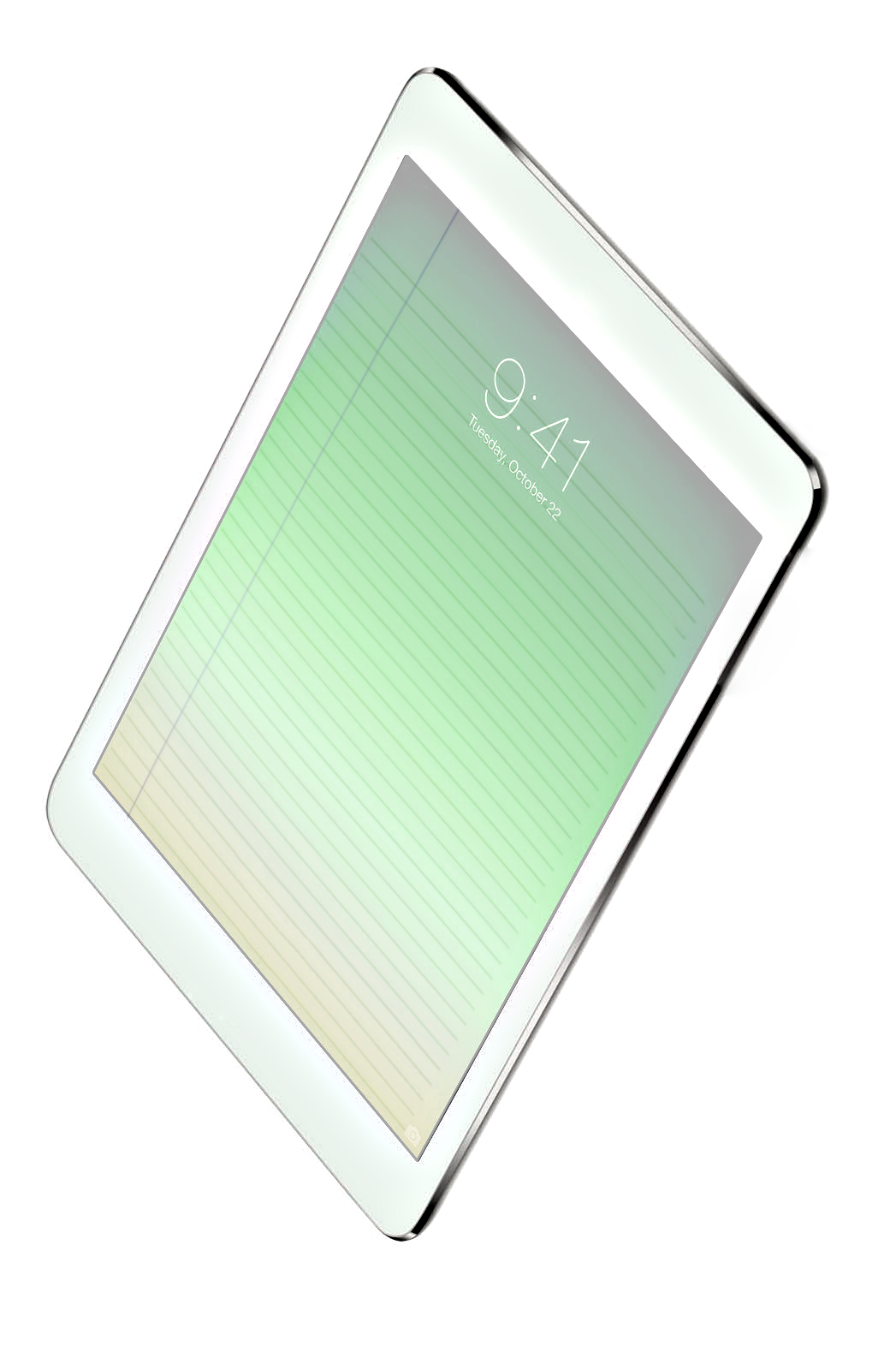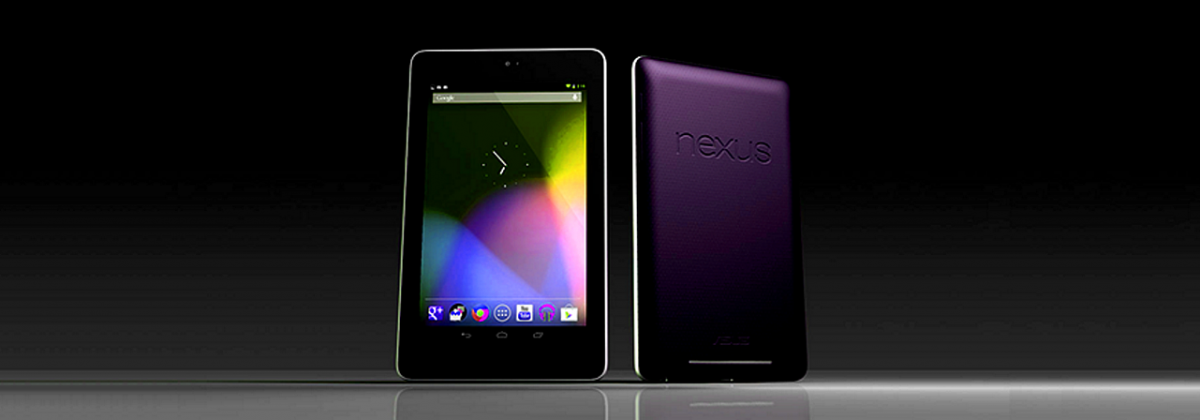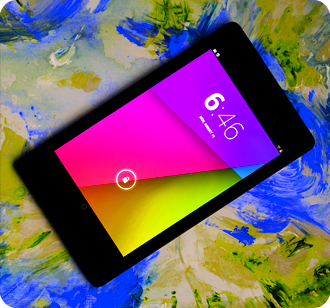I’ve been on the hunt for the ultimate business tablet since the first iPad was released in April 2010. With the iPad Air, I’ve found it.
The iPad Air is the only 10 inch tablet that is light enough to allow you to lift it while holding a cup of coffee in your hand! What else can a mobile user ask for?
Weighing in at 1 pound (469 g), the iPad Air is significantly lighter than the Nexus 10 and Galaxy Tab 3, which weigh 1.3 pounds (603 g) and 1.12 pounds (508 g) respectively. When I’m doing a presentation in front of 2-3 people, the iPad Air is the only tablet on the market that is practical to hold in my hand and show to people for an extended period of time. When I’m in an airport and want to work on a document, I need only one hand to grab the iPad Air from my carry-on bag. It’s nice to be able to have a sip of coffee while holding a 10 inch tablet!
Lighter and thinner is the iPad Air’s best feature, but not the only. I often need to connect my tablet to a projector while in business meetings on the road. In these situations, I don’t have the same control of my surroundings that I do at my office. Android tablets just cannot compete with the iPad Air’s “plug and project” capabilities. I bought a Apple Lightning to VGA Adapter for $48.95 on Amazon and I was ready to go.
 Those of us who BYOD have high standards when it comes to tablets. By our nature, we demand a lot more from tablets than the ability to play the top rated games. It’s one thing to provide entertainment and another to enable us to work from anywhere in the world. Every new tablet that I try will be judged by how it holds up to the iPad Air standard. I can only imagine how thin and light the successor to the iPad Air will be. How can the iPad Air’s projector features be improved upon? What features am I not even thinking of? One thing is for sure – BYOD is going to push mobile tech to the limit in 2014!
Those of us who BYOD have high standards when it comes to tablets. By our nature, we demand a lot more from tablets than the ability to play the top rated games. It’s one thing to provide entertainment and another to enable us to work from anywhere in the world. Every new tablet that I try will be judged by how it holds up to the iPad Air standard. I can only imagine how thin and light the successor to the iPad Air will be. How can the iPad Air’s projector features be improved upon? What features am I not even thinking of? One thing is for sure – BYOD is going to push mobile tech to the limit in 2014!












 With so many new tablets released on a monthly basis, the goal is to win on points, not by knockout. The 2013 Nexus 7 is a great example of gradual – but important – technical improvements.
With so many new tablets released on a monthly basis, the goal is to win on points, not by knockout. The 2013 Nexus 7 is a great example of gradual – but important – technical improvements.